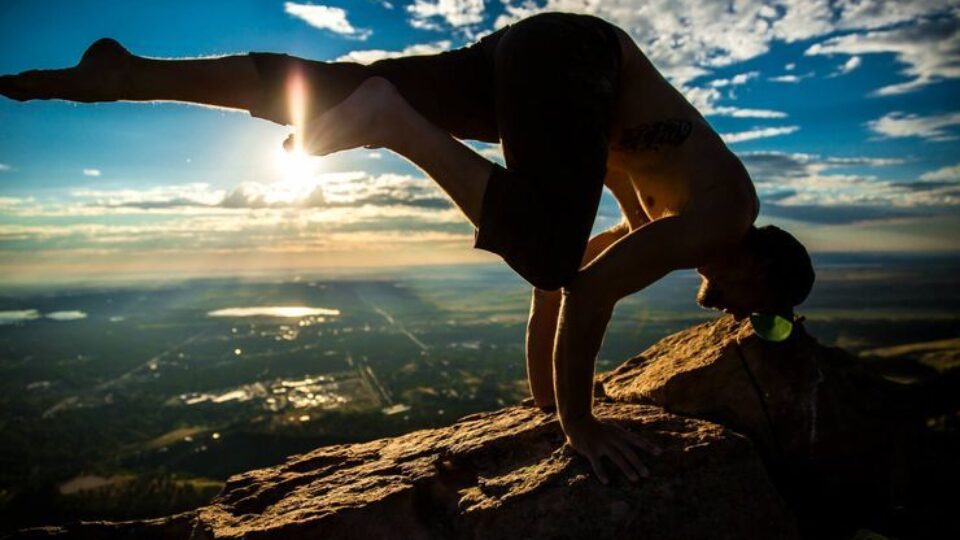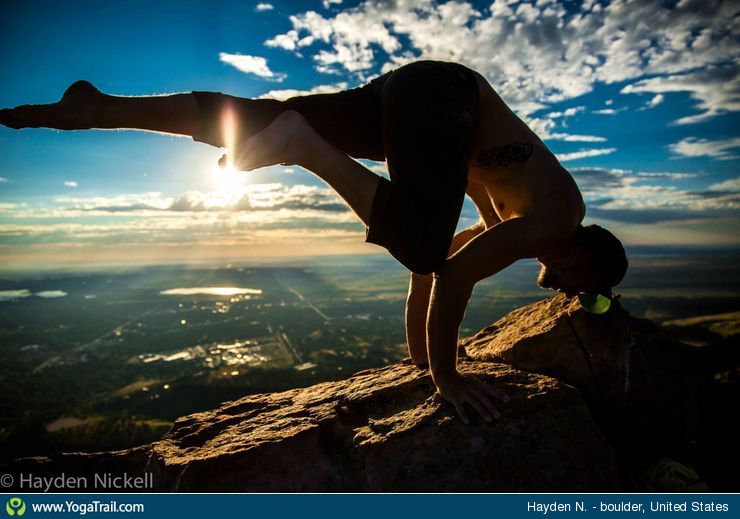
26 Jan2018

share



Marlynn Wei, MD, JD – Harvard-trained Psychiatrist, Certified Yoga Teacher, Author of The Harvard Medical School Guide to Yoga – full article huffingtonpost
As a psychiatrist, I am also naturally interested in the brain. While most people intuitively get that yoga reduces depression and anxiety, most people — even physicians and scientists—are typically surprised to find out that yoga changes the brain.
A May 2015 study published in the Frontiers in Human Neuroscience uses magnetic resonance imaging (MRI) of the brain to show that yoga protects the brain from the decline in gray matter brain volume as we age. People with more yoga experience had brain volumes typical for much younger people. In other words, yoga could protect your brain from shrinking as you get older.
The protection of gray matter brain volume is found mostly in the left hemisphere, the side of your brain associated with positive emotions and the relaxation response. Emotions like joy and happiness have exclusively more activity in the left hemisphere of the brain on positive emission tomography (PET) brain scans. The left hemisphere is also linked to the parasympathetic nervous system, the “rest and digest” network responsible for relaxation.
This “neuroprotective” effect of yoga has also been found in brain imaging studies of people who meditate. In some regions of the brain, 50-year-old meditators were found to have the gray matter volume of 25-year-olds. These changes to the brain can occur within a few months. One study found brain changes after only eight weeks of a mindfulness-based stress reduction program. The regions of the brain responsible for learning, memory, cognition and emotional regulation showed growth. In contrast, the areas of the brain responsible for fear, anxiety, and stress shrank.
But the truth is that the practice of yoga is not about changing the brain, body, headstands, or even about gaining greater happiness and joy. If it were, it’d be just like taking a spinning class or doing a set of lunges at the gym. Yoga aims toward transcendence of all those things. In a culture in which we rush from one day to the next, constantly trying to change our health, our body, or our emotions, or to plan our future, yoga opens up the possibility of connecting to what we already have — to who we already are.
When people tell me that they want to try yoga but don’t because they aren’t “flexible enough,” I tell them yoga isn’t about attaining the perfect pose. Use as many blocks as you need. Modify the pose to feel comfortable in your own body. It’s not about being “good enough” or “right”: Yoga is about removing any judgment and letting us be present to who we are now.
As Buddhist teacher Pema Chodron explains:
“Practice isn’t about trying to throw ourselves away and become something better. It’s about befriending who we are already. The ground of practice is you or me or whoever we are right now, just as we are.
We recognize our capacity to relax with the clarity, the space, the open-ended awareness that already exists in our minds. We experience moments of being right here that feel simple, direct, and uncluttered.”
So, why do I practice yoga? The answer can be complex and personal, but it can also be simple and universal: Because I want to be present. Because I want to be present not just on my mat but also to myself and other people, the community around me.